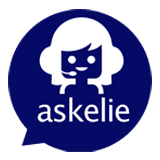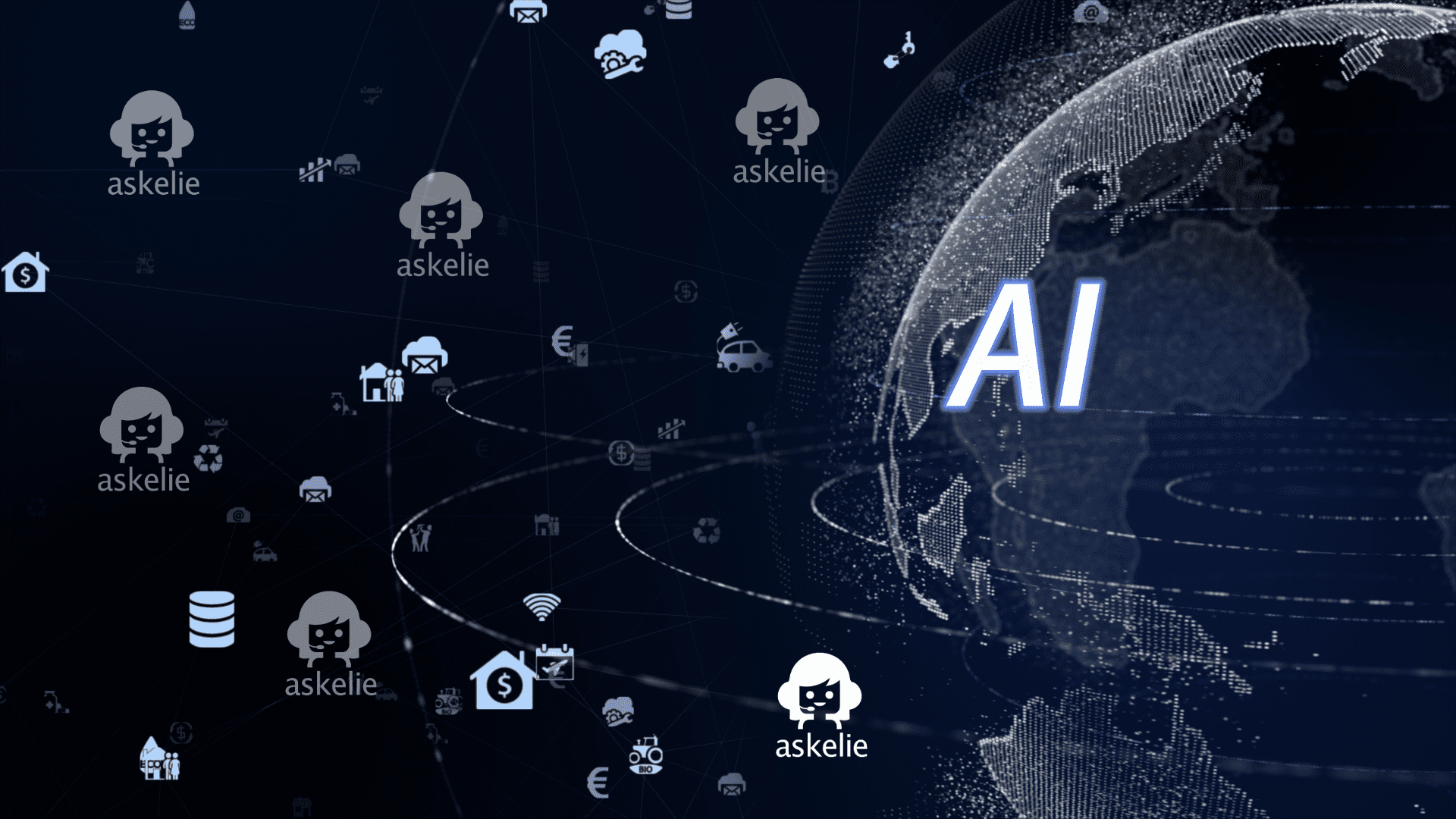In 2025, organisations face intense financial pressure. Costs are rising, skills are in short supply, and leaders are expected to deliver more with fewer resources. Traditional cost-cutting measures only go so far. The real opportunity comes from using AI to create efficiencies that are sustainable and measurable.
AI is no longer an experimental technology. It is delivering tangible results, with AI cost savings 2025 becoming a priority across industries. By applying AI in the right areas, organisations are transforming cost centres into competitive advantages.
Here are seven practical ways AI is reducing costs and increasing efficiency.
1. Automating repetitive work
Manual processes such as invoice entry, document handling and data transfer consume significant staff time. They are prone to error and divert skilled employees from higher-value activities.
AI can automate these tasks in seconds. Platforms like intELIEdocs capture data from documents, verify accuracy, and feed it directly into business systems. Activities that once took days are now completed in minutes. The result is clear AI automation savings through reduced labour costs, fewer errors, and faster turnaround.
2. Streamlining customer service
Customer service departments are traditionally expensive to run, with high staffing costs and long queues that damage satisfaction.
AI assistants and chatbots now resolve the majority of routine queries instantly. Complex issues are escalated to human agents. This model achieves shorter wait times, reduced costs, and improved satisfaction. It delivers a measurable AI productivity boost by allowing human staff to focus on relationship-building and complex problem-solving.
3. Reducing supplier and compliance risks
Unmanaged supplier risks can lead to fines, disputes, and reputational damage. Compliance failures are even more costly, drawing in legal action and regulatory penalties.
AI platforms such as askTARA continuously monitor suppliers, automate assessments, and score risks. They identify issues before they become problems, providing assurance at a fraction of the cost of manual reviews. This proactive approach not only lowers costs but also builds a strong AI competitive advantage.
4. Optimising workforce productivity
Labour markets are tight, recruitment is expensive, and salaries are increasing. AI helps organisations maximise the productivity of their existing workforce.
By removing repetitive tasks, AI allows employees to focus on high-impact work. This improves morale, increases output, and avoids the need for costly headcount expansion. The outcome is an AI productivity boost that enables organisations to achieve more with the same resources.
5. Cutting IT and audit overheads
IT teams and audit functions are under constant strain. Gathering audit evidence can take weeks, while IT support teams spend hours on routine service tickets.
AI provides a solution by automating evidence collection, centralising documentation, and keeping compliance logs ready throughout the year. In IT, AI triages tickets, handles straightforward requests, and routes complex issues efficiently. This reduces consultancy costs and frees up internal teams. It is a further example of AI automation savings in action.
6. Improving procurement decisions
Poor procurement practices can drain budgets. Duplicate contracts, over-payment, and missed opportunities are common problems.
AI analyses spend data to identify patterns, highlight inefficiencies, and suggest better terms. It gives procurement leaders evidence-based insights to support negotiations. The financial benefits are immediate, with reduced spend and smarter supplier contracts. Over time, this builds a lasting AI competitive advantage.
7. Enhancing accessibility and inclusion
Public bodies and service providers spend heavily on creating accessible content, often outsourcing at significant cost. Failure to comply with accessibility requirements can also create legal and reputational risk.
AI solutions such as askVERA provide a more efficient approach. Documents are converted into Easy Read formats in minutes using globally recognised PCS symbols. This lowers costs, reduces compliance risk, and accelerates delivery. It also contributes to AI business efficiency 2025 by ensuring accessibility is embedded into daily operations.
The bigger picture
AI does more than reduce line-item costs. It changes the role of the cost centre. Functions such as finance, IT, compliance, and customer service move from being overheads to becoming sources of strategic value.
For example:
- Finance shifts from chasing invoices to driving strategic insights.
- IT reduces firefighting and invests more time in future-proofing systems.
- Compliance evolves into a proactive safeguard rather than a reactive burden.
This is the essence of the transformation. AI cost savings 2025 are not simply about spending less. They are about gaining the AI competitive advantage that ensures resilience and growth.
Conclusion
Organisations that succeed in 2025 are not those that cut indiscriminately. They are those that cut costs intelligently by deploying AI in ways that free resources and create efficiency.
AI delivers AI business efficiency 2025, measurable AI automation savings, a sustained AI productivity boost, and the AI competitive advantage that keeps organisations ahead of their peers.
If you would like to see how AI can cut costs and deliver real efficiency gains in your organisation, book a demo with AskElie today.
Q: How does AI deliver cost savings in 2025
A: By automating repetitive work, improving procurement insight, reducing supplier risk, streamlining customer service, and cutting audit and IT overheads.
Q: Where should an organisation start
A: Begin with high volume, rules based tasks such as invoice capture, customer FAQs and evidence collection for audits. Prove value within one quarter, then scale.
Q: What budget model works best
A: Start with a pilot linked to a clear KPI such as cost per invoice or average handling time. Move to an annual licence once savings are evidenced.
Q: Does AI replace staff
A: AI removes low value tasks so teams focus on higher value work. Headcount can then be redeployed to growth and service quality.
Q: How do we manage risk and compliance
A: Use governed workflows, audit trails, role based access, and supplier risk scoring. Align to ISO and data protection requirements from day one.



Comments are closed